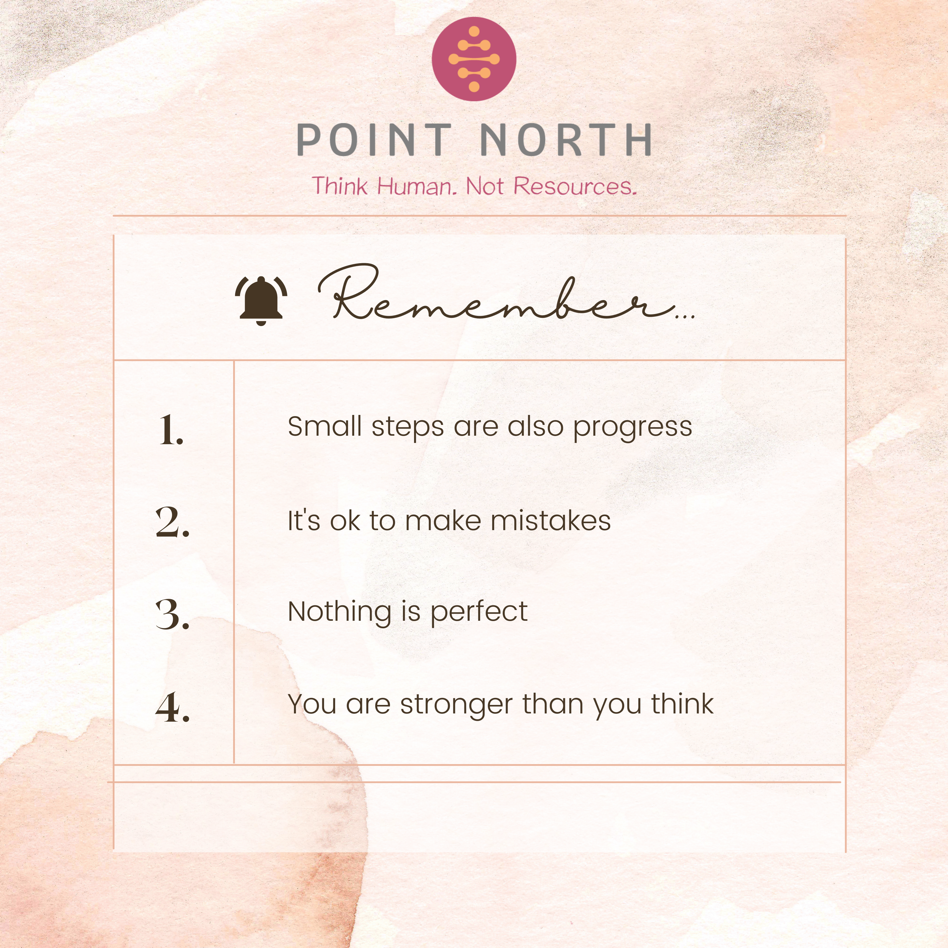While setting goals helps you organize your time; creating an attainable routine and making it part of your TO DO list – quite literally – will help you achieve your ambitious goals.
Goals provide you with purpose, intention, direction, and put you in charge. Following a set of routines allows you to foster practices to accomplish those goals and aspirations.
Stephen Duneier is the perfect example.
Stephen is an expert institutional investor, a large-scale installation artist, avid outdoorsman, professor, decision strategist, coach, business leader, mindfulness extremist, author, speaker, daredevil or Guinness world record holder. And the list could grow longer.
You are probably wondering, how in the world did he manage to become all of this?

Take baby steps
Stephen explains that what truly defines him aren’t titles. It’s rather his approach to decision-making that transformed him from someone who struggled with simple tasks to a guy who is continuously achieving even his most ambitious dreams.
From kindergarten, all the way through to high school, he was a consistent C- student. Every one of his report cards said the same thing. Stephen is a very bright young boy, if only he would just settle down and focus.
Starting junior year, he realized that he needed to make a change. Firstly, by stopping and pretend that he could simply sit down and focus. He decided to assume he wouldn’t.
Do things differently
Secondly he concluded that to achieve more, he needed to change his approach.
« I’m going to make a marginal adjustment, and I’m going to stop being a spectator of my decision-making and start becoming an active participant » – Stephen Duneier
If he would get an assignment, for instance read five chapters in a book, he wouldn’t think of it as five chapters. He would break it down into these simple tasks that he could achieve in just five minutes. So, maybe three or four paragraphs. That’s it.
From that point forward, all the way through to graduation, he was a straight-A student.
He soon realized that this process was working well for him. So when he started his career, he took the same approach.
Taking these big concepts, complex ideas, tough assignments. Break them down to much more manageable tasks. Then along the way, making a marginal improvement to the process that ups the odds of success in his favor.
Take decisions
He achieved all this with the same technique: breaking these big ambitious goals down into more manageable decisions. Consistently.
Let’s say one of your goals is to read 30 books by the end of the year. It’s not about those books you want to read. It’s about those tiny little decisions. Like when you are sitting at your desk, putting in just a little extra time at the end of a day. Or when you’re lying on your couch, clicking through the channels on your remote control, or scrolling through your Facebook feed. At that moment, make the decision to put it down.
You pick up a book and you read one word. If you read one word, you’ll read two words, three words; you’ll read a sentence, a paragraph, a page, a chapter, a book; you’ll read ten books, 20 books, 30 books.
Each of those steps comes from the little decisions you make along the way in order to achieve your ultimate goal.
To this day Stephen claims that he is still that kid who can’t settle down or focus for more than five or ten minutes at a time. All he does is take really big, ambitious projects that people seem to marvel at, break them down to their simplest form and then just make marginal improvements along the way to improve his odds of achieving them.
So now I invite you to reflect for a second; what big ambitious goals are you holding onto? What are you putting off until it’s the right time? What else could you potentially achieve with minor adjustments to your routine?
Assigning small steps toward your goal each day moves you forward. Get your motivation back by focusing on what matters. Truly. And…



